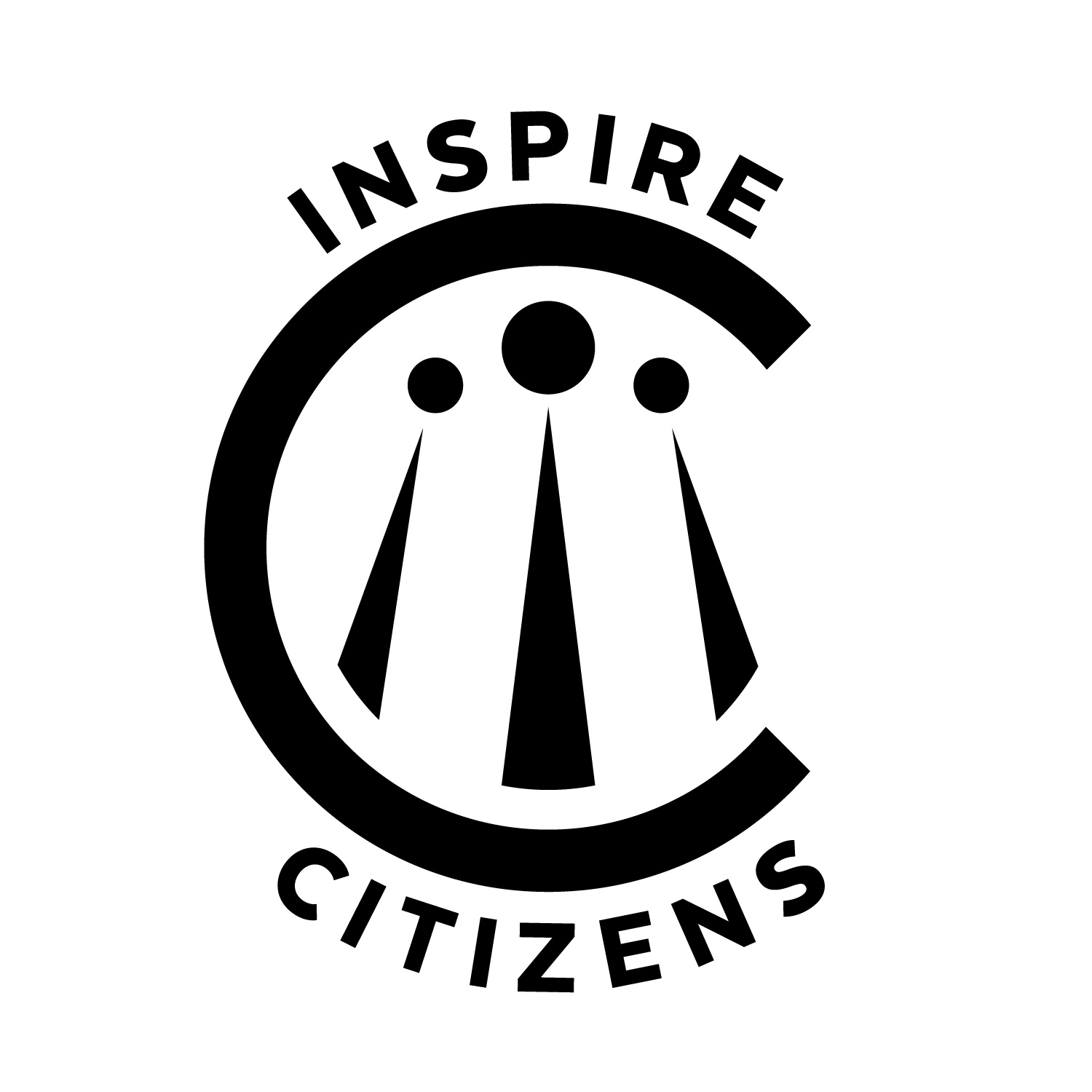Click on images to expand
In this pathway of the self-study, schools examine the existing model of the Inspire Citizens’ Student Impact Profile to identify and create a competency-based, deeper learning portrait of a graduate that centers on civic, global, and intercultural competence. Schools have the option of adopting a pre-existing framework such as the Inspire Citizen’s Student Impact Profile or adapt pre-existing models, such as those from OECD or Asia Society, to design personalized student impact goals sparking a common objectives of reflective, student action for collective wellbeing, civic engagement, and sustainable development.
By exploring the Inspire Citizens’ Student Impact Profile, schools, educators, and students might identify certain internal competencies that shape reflections and demonstrations of deeper learning competencies, such as:
Apply and amplify transdisciplinary knowledge and skills
Internalize enduring understandings and key concepts
Be self-aware and observe the impact of actions
Employ a human-centered approach to leadership
Reflect upon and demonstrate the learning process
Competencies that work more as external global and intercultural pathways towards attaining greater personal, social, and environmental impact might be:
Seek, understand, and appreciate the perspectives and worldviews of others
Pursue personal and collective holistic wellness
Critically examine community needs to design ethical solutions
Practice compassionate empathy and build relationships with diverse people and communities
Responsibly produce and thoughtfully consume media and technology
The criteria in this Global Impact School pathway exists to guide teaching and learning of key competencies necessary for students to design sustainable, community action. Also, teachers can more readily develop deeper learning pathways as they employ the Empathy to Impact curriculum approach. Competencies also help guide students and teachers towards points of poignant reflection, allowing for effective and thoughtful formative assessment opportunities. In addition, educators can use these opportunities to continuously collect evidence throughout the implementation of Global Impact School pathways to enhance professional learning and optimize desired impacts on deeper student learning and community action.
After a competency model has been identified and articulated, it can be embedded into units, potentially via age appropriate bands or continuums, with teachers supporting student agency in the ongoing co-development of inquiry and projects that improve global and intercultural competence. In turn, ePortfolios offer a fantastic medium for collecting evidence of this growth and reflection of learning.
Pathway 5 in Practice
